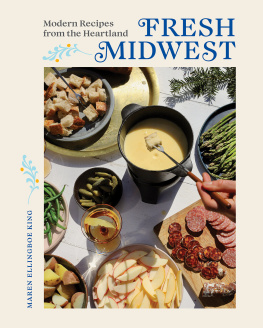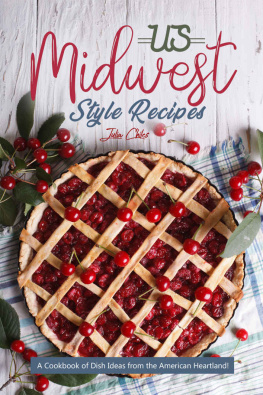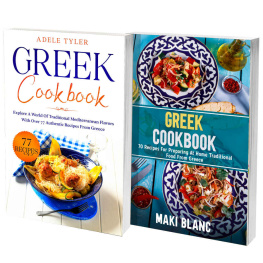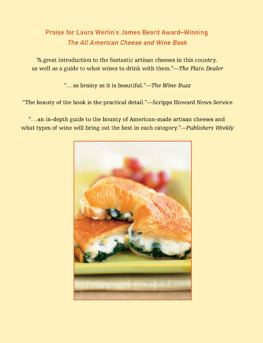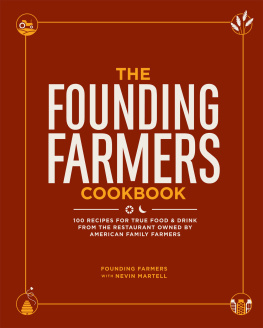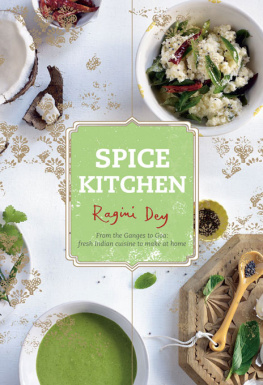
FRESH MIDWEST
Modern Recipes from the Heartland
MAREN ELLINGBOE KING
Photographs by
Maren Ellingboe King & Eliesa Johnson

Copyright 2022 by Maren Ellingboe King
All photographs by Maren Ellingboe King unless specified below.
Photographs on pages i, : 2022 by Eliesa Johnson
Paper background on pages : tomograf/iStockPhoto.com
All rights reserved
For information about permission to reproduce selections from this book, write to
Permissions, Countryman Press, 500 Fifth Avenue, New York, NY 10110
For information about special discounts for bulk purchases, please contact
W. W. Norton Special Sales at specialsales@wwnorton.com or 800-233-4830
Book design by Allison Chi
Production manager: Devon Zahn
Library of Congress Cataloging-in-Publication Data is available
Countryman Press
www.countrymanpress.com
An imprint of W. W. Norton & Company, Inc.
500 Fifth Avenue, New York, NY 10110
www.wwnorton.com
978-1-68268-696-6
978-1-68268-697-3 (ebk.)
To Dashiell and Ari

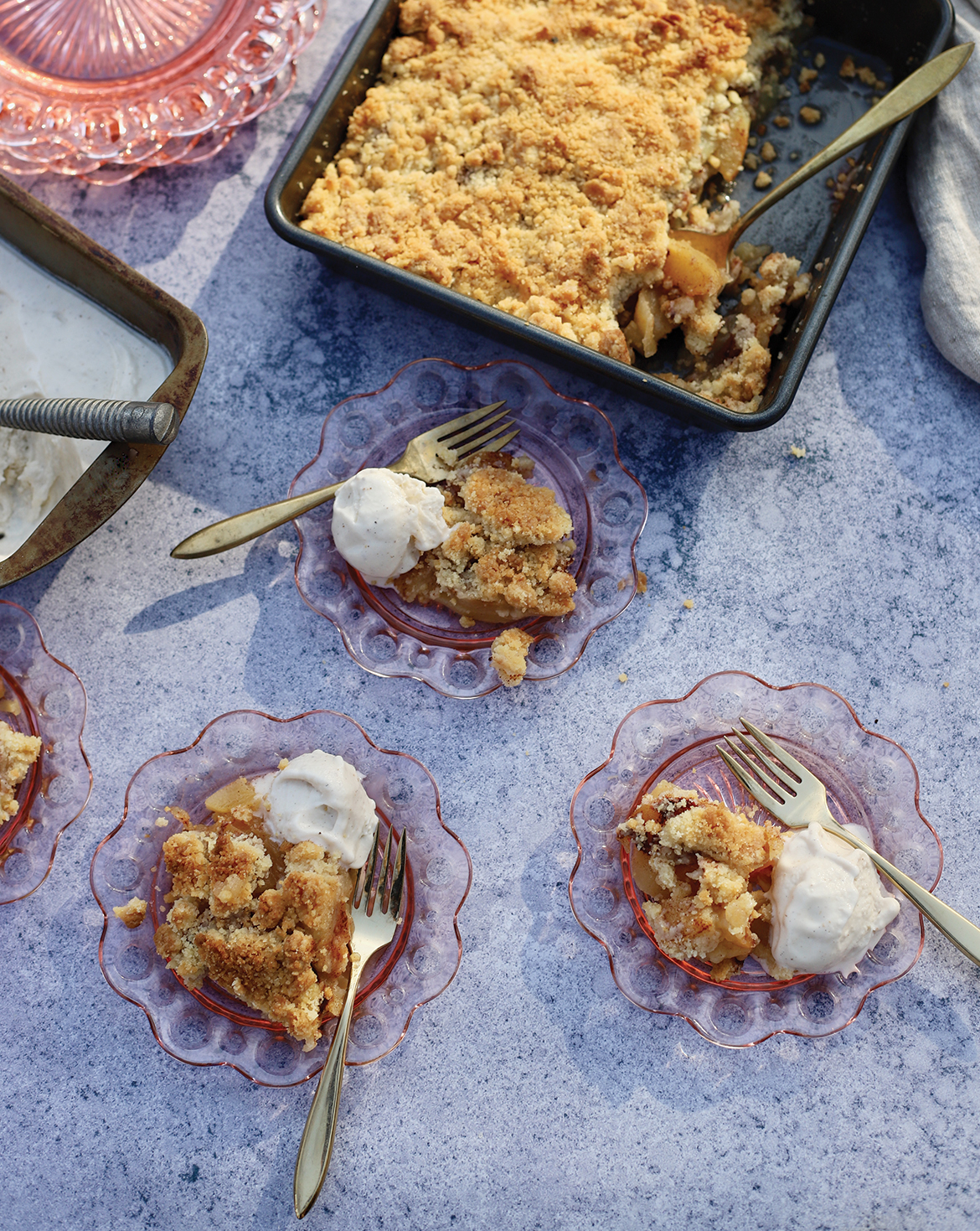
CONTENTS

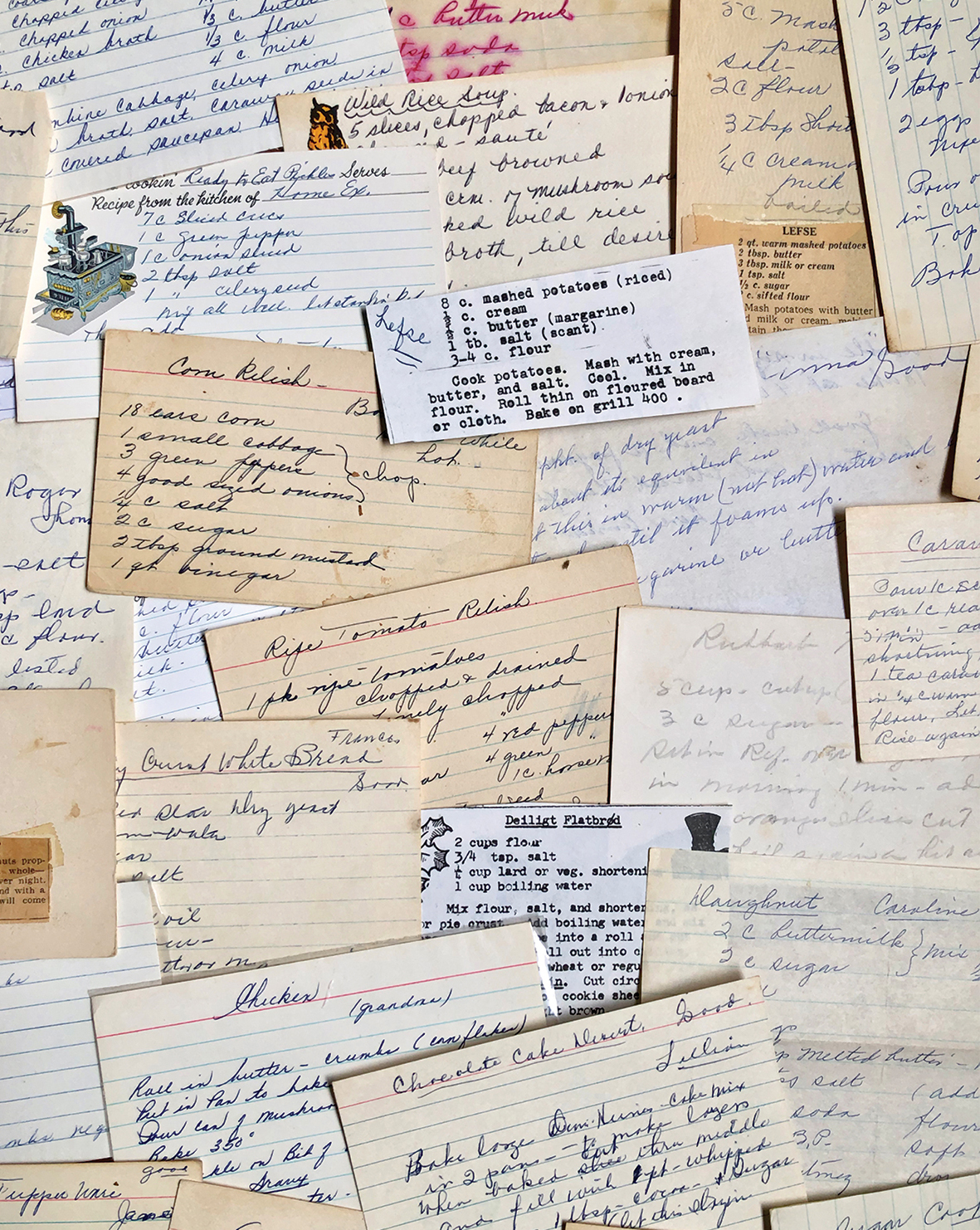
When you think of Minnesota, you probably think of cold winters and nice people.
You might also think of hotdish, the unofficial state dish, or possibly a mayonnaise-laden salad or Jell-O mold. You probably dont think of a state thats become a hotbed of diverse cuisine in recent years, from Hmong to Somali to Mexican.
The food I grew up on was straight out of the Midwestern comfort food canon, including dishes like glazed ham and creamed corn for Easter brunch, and Swedish meatballs and mashed potatoes on Christmas Eve. This book features those simple, comforting dishes but also draws inspiration from the increasingly diverse population in Minnesota and modern Scandinavian cooking. If youre not familiar with the cuisine of the region brought over by Scandinavian immigrants in the nineteenth century, its food that is simple yet hearty, inspired by the long, dark winters and humid summers filled with lightning bugs and bursting tomato plants.
I grew up on a 5-acre hobby farm east of St. Paul, in a suburb called Woodbury, but my ancestors were farmers across southern Minnesota and Wisconsin. Many eventually settled in a small town south of the Twin Cities called Lakeville, where both of my parents grew up. Most of my extended family is still located in the surrounding suburbs, and my husband, Ari, and I moved back to Minneapolis in 2020. Ari is an Oakland, California, native, raised by a Jewish mother and Black bull rider fatherso needless to say, moving to the Midwest has been a new experience for him (not to mention that hotdish, layered salads, and Jell-O are all unfamiliar territory).
Many of the recipes in this book are based on archives I inherited from my grandmothers and great-grandmothers: Veola, Nancy, Judith, and Eleanor. My great-grandmother Judith Soberg kept hundreds of recipes, mostly written on index cards, scribbled on the backs of scratch paper, or clipped from the newspaper. Some have notes like Good or from Ida, and many are vague in both ingredient amounts and directions. (For example, one piecrust recipe simply reads: cup lard, 1 cups flour, 6 T. water, baking powder, salt. No directions of any kind.) Through the process of making these recipes, I acted as translator into the modern era, and I learned more about women who I knew very little aboutmy grandma Judith died when I was three, and most of the women she exchanged recipes with were friends or family who passed away long before I was born. But while rolling out her recipe for sugar cookies, I could picture them sitting in their farmhouse kitchens, gossiping over a cup of strong coffee and a plate of these same cookies.
The recipes in these archives were not complicated, and true to new conveniences of the 1940s and 50s, many used time-saving ingredients such as cream of mushroom soup, prepared Pillsbury dough, or canned vegetables. When it came to food, the Midwestern women of the early and mid-twentieth century were usually not looking to innovate or, honestly, even to necessarily be all that flavorful. Rather, they needed to feed their husbands and children something hearty to sustain them throughout the long days of fall harvest and long, cold winter nights. While fresh produce was available all summer, it was often more practical than artisanalan inexpensive way to feed the familyand preserving fruits and vegetables was how they kept the meals coming during the winter months when nothing else was available.
This book draws on these recipes, but it updates them with modern techniques and ingredients. The way I eat now has a lot more fresh produce, more herbs, more spice and heat and acid than the sometimes-bland dishes of my childhood, and these recipes reflect that. While living in California from 2015 to 2020, I had access to an incredible array of fruits and vegetables, a far cry from the canned green beans and corn that was typical for my parents and grandparents during their childhoods. (My mother would also like me to point out that canned vegetables are strictly banned in her kitchen.) Though these recipes dont use processed ingredients, the dishes retain their nostalgic taste, and are no less simple to prepare. This book is a mix of those taste memories, as my dad calls them, and new recipes inspired by my heritage and years spent living on the coasts.
These recipes also draw on my Scandinavian heritageMinnesota is home to the largest population of Norwegians and Swedes outside of Scandinavia, and my family is nearly all Norwegian and Swedish in originand the incredible bounty of local produce available across the Midwest, especially in summer and fall. And of course, this wouldnt be a Minnesotan cookbook without at least a few recipes for hotdish, a one-pot casserole that traditionally consists of meat, a vegetable, a starch, and canned cream of mushroom soup. You wont find canned cream soups or vegetables in these recipes (though you will find frozen tater totslike Heinz ketchup, its an ingredient thats impossible to improve upon at home). Some recipes call for Scandinavian ingredients such as lingonberries, caraway seeds, and juniper berries, which may not be familiar to home cooks outside of the Midwest (but are luckily now widely available online).
I wrote and took the photographs for this book in 2021, just a few months after moving back home to Minnesota after a decade spent in New York and Californiaand during a year when the entire world was still grappling with the isolation, death, and changes that the coronavirus pandemic brought to our lives. Instead of trips to New York to meet with my editor, there were Zoom meetings. Instead of large family gatherings to share recipes in progress, there were bags of food left on front steps. Instead of a two-week photo shoot with a full crew, there was mostly me, alone, taking photos in my kitchen and living room. I also found out I was pregnant with our first child just a few weeks after signing my contract, and our son grew as the number of recipes I tested swelled from 10 to 20 to 100. I turned in my manuscript just a couple of weeks before his due date, effectively giving birth to both of my first babies within days of each other.

